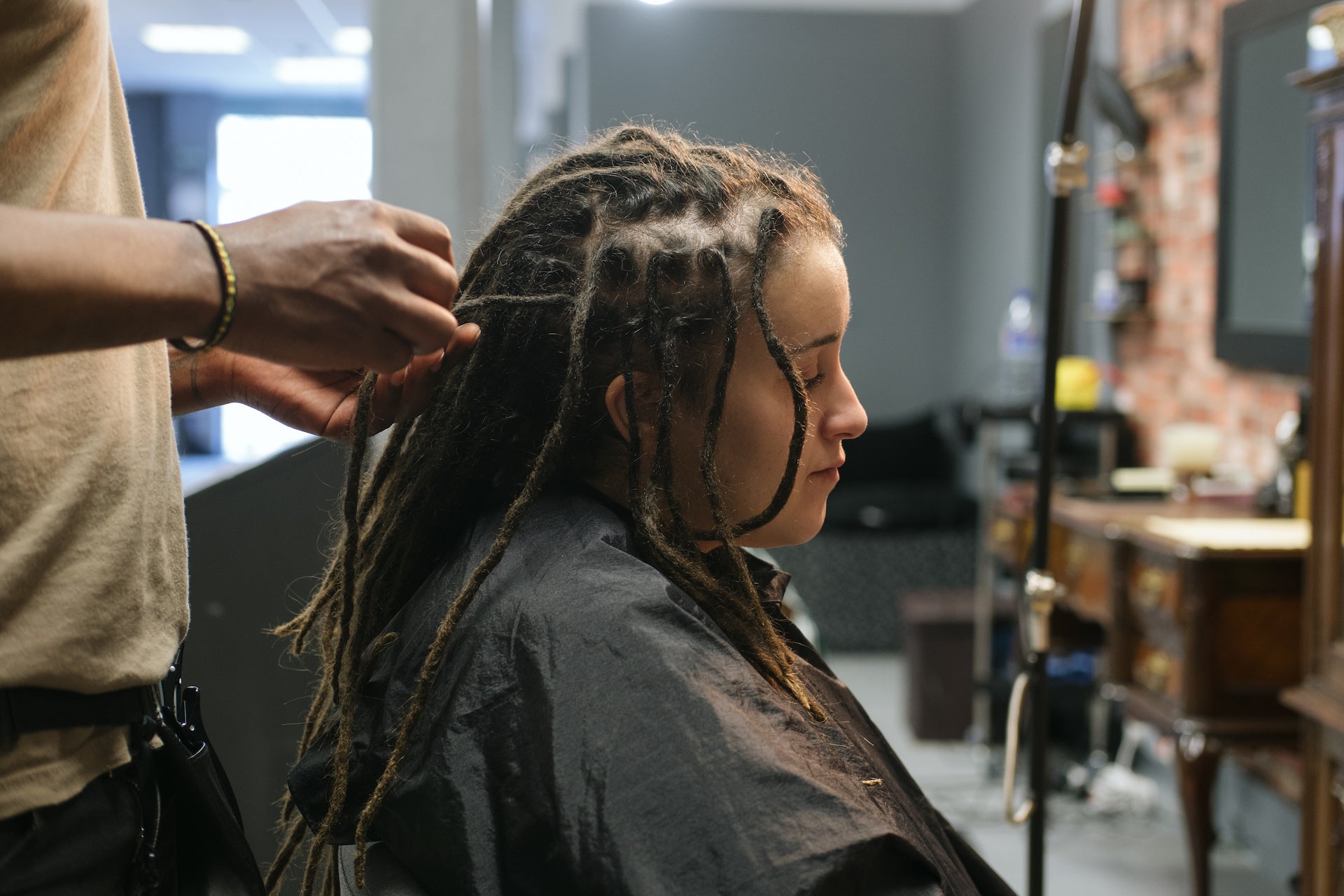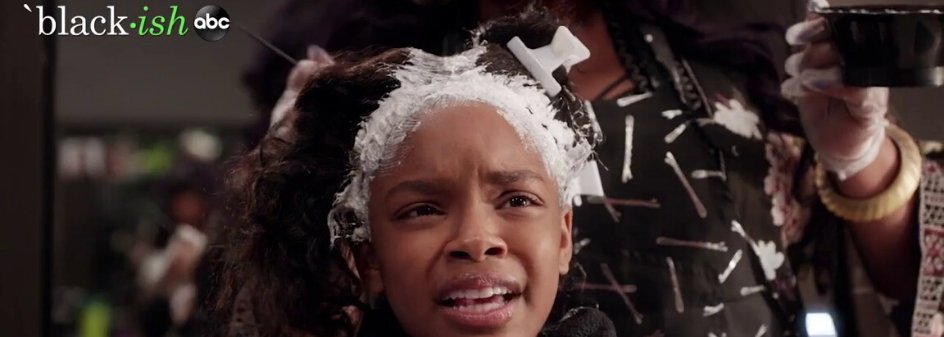In this article we are going to cover what a professional loctician would recommend for fine haired guys and gals to achieve Locs. We’ll be including any tricks and tips for achieving locs and what some of the challenges you may come across in the early stages.
Set Your Expectations Up
First off, you need to understand that your hair will or may take longer than what someone online says is “normal.” As long as your hair isn’t combed, it will eventually loc up. You may just need to work on a whole lot of patience at the very early stages.
What Not to Do
Here’s our top tips for what not to do when it comes to your very own personal loc journey:
- Do not listen to those who say your hair won't loc, you shouldn’t loc your hair or that it won’t look right. Loc journeys are unique to each individual. As soon as you start to compare your hair and your potential experience to others, it can start messing with what you believe you can achieve. It’s a simple life rule, don’t compare yourself to others. This will help you out in so many ways beyond your hair! Remember it’s your own journey and as we mentioned, you’re really going to need to have some patience.
- Try not to rush the process by adding sticky products into your hair. You may read some suggestions online, or someone, professional or not, might suggest it to you, but it will only cause problems down the line. You will then need to detox these products, like wax and gels, out your hair later on. This detox process can also be more difficult since your hair has finally gotten the hang of locking and matting. Give it time to find its way and do its thing - it will happen for you.
Tips and Tricks to Loc Fine Hair
Now onto the tips and tricks for achieving locs.
Here comes the good stuff:
- Many clients with fine hair have had great experiences with dipping their hair in sea water to make it matte. The salt in the sea is a natural substance that encourages the hair to matte. You will need to make sure you follow it up with a moisturizer, ie our Leave-In Conditioner made for locs. Otherwise your hair will feel course and dry, which can lead to breakage and frizz.
- When it comes to deciding what size locs you want, make sure you understand how much hair you will need to achieve the desired size. Depending on your hair texture and thickness, know that it will take more of your hair to make a loc. During the teenage phase of locking, your hair will swell up (this happens naturally as your baby loc collects the hair that is shedding inside each loc). However, someone with thick hair might experience the opposite. It can take less hair to achieve the desired size.
For example, let’s take a look at what the process would look like for someone with fine thin hair vs someone with thicker hair - who both want medium size locs. In the first scenario, it would take more hair to achieve this size. However, for the individual with thicker hair, it would take less hair to get that same medium size.
The reason for this is the person who has fine, thinner hair, their hair will require more of their fine hair to accumulate and to become that large sized loc. With time though, you should be able to ahceive your desired loc size. Otherwise, you may need to reconsider what size locs are right for your hair type.
- It is recommended to make sure your locs are dried completely after shampooing or when your hair gets wet. This tip goes for all hair types. Continuously letting it air dry will create a bad odor.
- Palm Rolling. Some people enjoy palm rolling during the beginning stages of locs with fine hair. This is encouraged, and can help with fly-always. Palm rolling can also help eventually bring in a more uniformed look.
- Patience. Did we mention this already?! This is what’s beautiful about the loc journey. It will teach you calmness and true self love.
- Interlocking, insta locking and twisting are the main two ways to start locs. Twisting is a technique normally recommended for coarse or curly hair. Insta locking is the newest trend in locking fine or not so easily lockable hair. This technique can also be used to groom your roots. Interlocking can be used to solidify fine hair for locs. It’s a technique sometimes used with a crochet hook or by hand.
The difference between the two is with interlocking you can see your hair is woven into the loc. With insta locking, the technique used isn’t noticeable. The preference is up to you.
And that just about sums it up! If you have any questions for us about locs, please write to us. We’d love to help out in anyway we can!




